The subtle differences between just usable and first-class user experience
Describing the usage experience – that is, the experience before, during and after using a product – in concrete and comprehensible terms in the analog world is a challenge in itself. It becomes more difficult when it comes to the usage experience of a normal product compared to a premium product. Most of the time, surveyed users can only describe the experience of the premium product as “simply special” or “somehow better”.
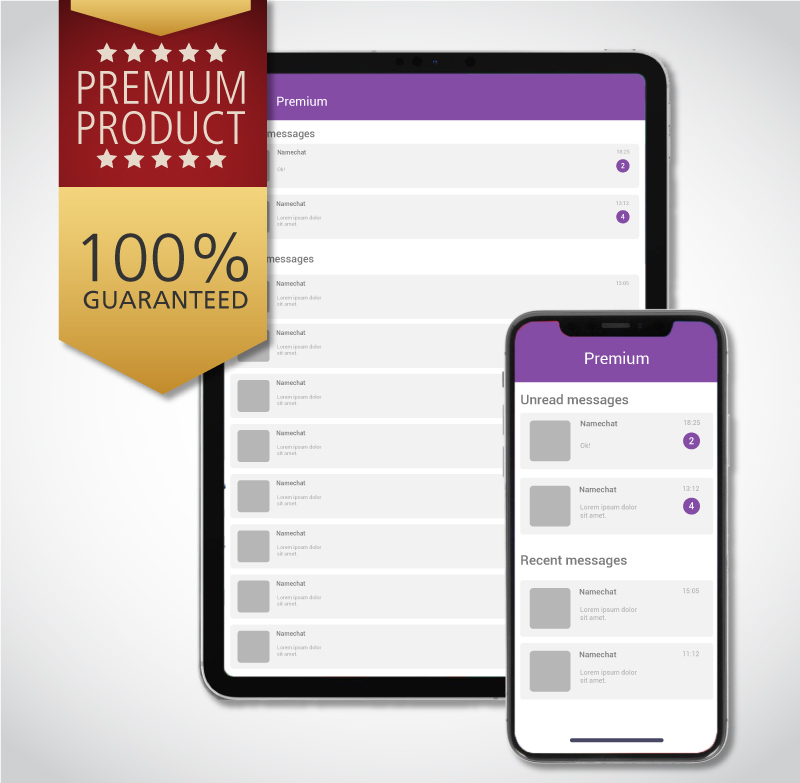
How do you create a premium user experience of apps or software in the digital world? Unlike in the analog world, many experiences are missing here, e.g., haptic and sensory experiences that make use better or special. How do you give your digital products a first class user experience?
This article will help you to recognize this small but subtle difference and give inspiration on how your software could be even better.
It starts even before the use
 What influences our attitude toward products? Experiences prior to actual use play a very important role. When we buy a car, our attitude is shaped by how we are treated by the seller, how the car is handed over and what goodies we find in our new car. Even trivialities like the quality of the paper in the owner’s manual – if there is one at all – can play a role here.
What influences our attitude toward products? Experiences prior to actual use play a very important role. When we buy a car, our attitude is shaped by how we are treated by the seller, how the car is handed over and what goodies we find in our new car. Even trivialities like the quality of the paper in the owner’s manual – if there is one at all – can play a role here.
When weighing up whether to buy an app or a program, it is essentially no different. Again, we are influenced by obvious aspects like third-party reviews, but at least as much by impressions we have of the app and the manufacturer in general. How does the app present itself in the stores, for example, in the form of description, screenshots and videos? Is there a website for the app and manufacturer that looks good in terms of quality and content? What options are there for getting guidance, help and support? These are all questions that influence our decision for or against a product.
See more than just the main task
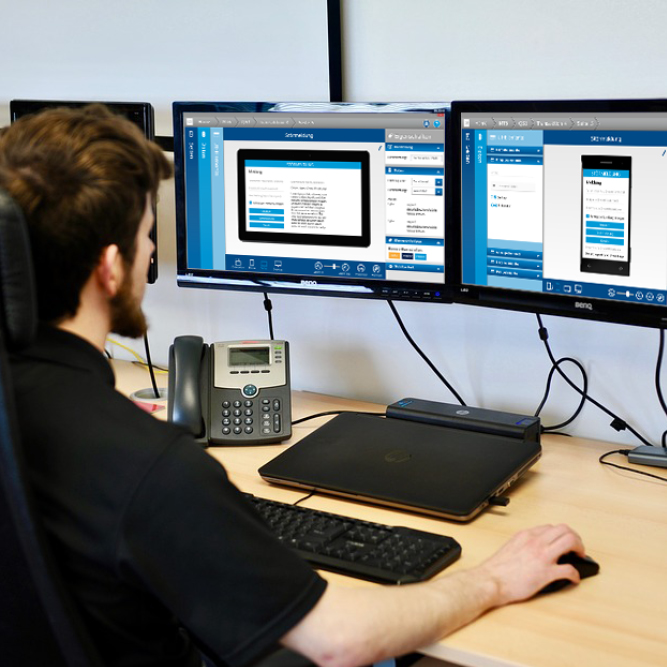 Whether analog or digital products, they all have one main task in common. A hammer is used to hammer in nails. But if we were to limit ourselves to that, there would hardly be so many different types of hammers. And numerous people who work with hammers on a daily basis would not resort to special, high-priced premium products.
Whether analog or digital products, they all have one main task in common. A hammer is used to hammer in nails. But if we were to limit ourselves to that, there would hardly be so many different types of hammers. And numerous people who work with hammers on a daily basis would not resort to special, high-priced premium products.
An app primarily provides the user with information or enables the control of an external device. A pure limitation to this main task brings apps that are only limited to the basic task. They do what they are supposed to, but really only exactly that. Therefore, their use does not really feel good, which is ultimately reflected in app ratings and thus indirectly in sales figures.
Simply offer something more
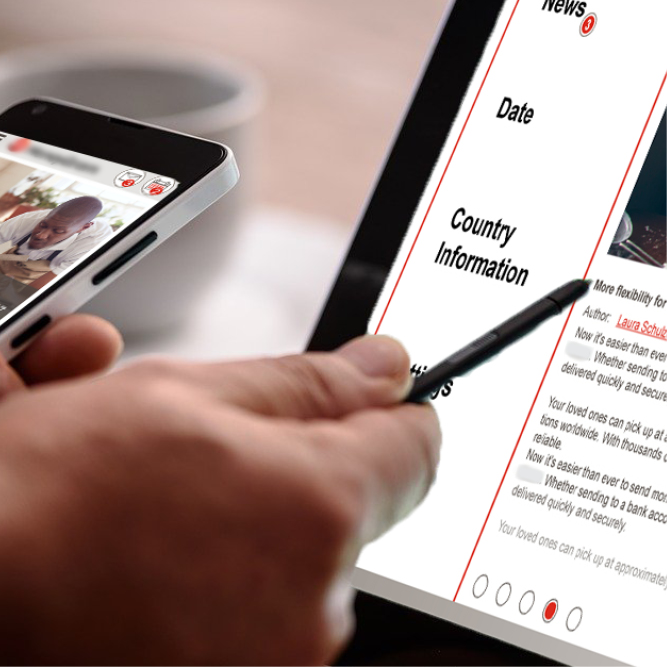 Let’s stay with the example of a hammer. Of course, there are many distinguishing features here. Let’s assume that there are two absolutely identical ones to choose from, but one comes with a belt loop for free. Then the question doesn’t really arise as to what the potential buyer would choose. Extra service or an add-on at no extra cost for the buyer decide whether to buy the competitor’s product.
Let’s stay with the example of a hammer. Of course, there are many distinguishing features here. Let’s assume that there are two absolutely identical ones to choose from, but one comes with a belt loop for free. Then the question doesn’t really arise as to what the potential buyer would choose. Extra service or an add-on at no extra cost for the buyer decide whether to buy the competitor’s product.
These factors also play a major role in apps or digital services. This does not necessarily have to happen after the product has been purchased. For example, offering personal support can be important even for a free product (before the decision to use it is made). Discounts for multiple purchases or the “concession” of goodies can also decide pro or contra. The basic rule here is to simply offer something more than the competitor. However, the added value offered should also fit the target and user group.
Clothes make the man
 It is a fact that most people are visually oriented and tend to be superficial. We often form a first impression based on what we see. This first impression thus also influences our purchase decision. When purchasing a rather expensive new car, a negative impression of the sales staff can lead us to choose a different product or at least a different car dealer.
It is a fact that most people are visually oriented and tend to be superficial. We often form a first impression based on what we see. This first impression thus also influences our purchase decision. When purchasing a rather expensive new car, a negative impression of the sales staff can lead us to choose a different product or at least a different car dealer.
Salespeople of particularly high-value products often appear a bit fancier and especially well-groomed, so that the customer feels valued. The same applies to potential customers of apps and digital services – regardless of whether it’s a free or a purchased product. Users are always customers, so they should be treated with appropriate importance. This ranges from customer service in response time to a question, to the quality of language/translation, to offering personal contact in the form of a phone call.
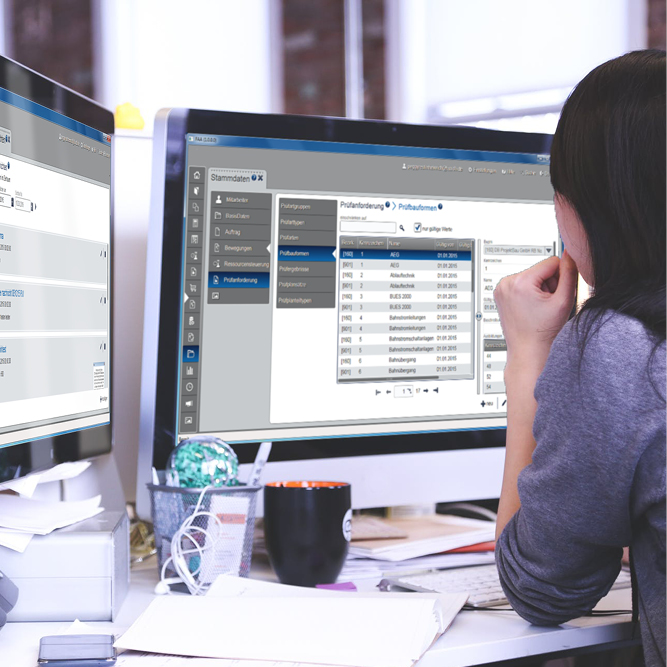 Personal and proactive
Personal and proactive
In the premium segment, it is common practice across all industries to have a direct and personal contact person. Prospective buyers of premium products are already assigned a personal sales consultant during the consultation. With some manufacturers, it even goes so far that the customer knows the name of the responsible master mechanic who was responsible for installing the engine in the vehicle.
In the meantime, there is also personal e-mail contact between customers and consultants for support and advice on apps and software. Often, this contact person is also available by phone, chat or messenger service. Being known by name by the potential customer creates a feeling of “personal care”. This also offers companies starting points for accelerating the purchase decision and, if necessary, improving it afterwards.
Look-AND-feel – appearance is not everything
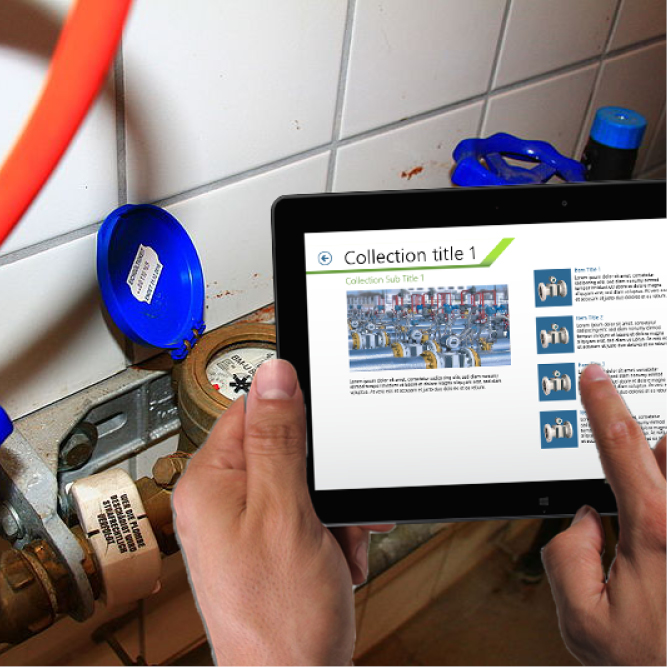 Let’s take a look at a ballpoint pen. Its main task is to write. Nevertheless, there are cheap and expensive ballpoint pens on the market. An important characteristic of this product, besides brand, ergonomics and ink system, is how it feels in the hand. The haptics, the surface texture, the way the workmanship feels distinguish the normal products from premium ballpoint pens.
Let’s take a look at a ballpoint pen. Its main task is to write. Nevertheless, there are cheap and expensive ballpoint pens on the market. An important characteristic of this product, besides brand, ergonomics and ink system, is how it feels in the hand. The haptics, the surface texture, the way the workmanship feels distinguish the normal products from premium ballpoint pens.
Admittedly, the haptic feel of software is rather difficult, but in this context we speak of the so-called look-and-feel. If you ask users what is decisive about apps or programs, they often talk about how they “feel”. Criteria here are often the visual impression, but also actually perceived aspects such as the simplicity of operation, comprehensibility, error tolerance, and available help.
Learning from the analog world for the digital
 As you can see, we can learn a lot from the providers and sellers of premium products in the analog world. This not only makes our digital products and services better, but also justifies a higher price. Customers are happy to pay a little more for added value or opt for the more compact offering for the same price.
As you can see, we can learn a lot from the providers and sellers of premium products in the analog world. This not only makes our digital products and services better, but also justifies a higher price. Customers are happy to pay a little more for added value or opt for the more compact offering for the same price.
It can be helpful to put yourself in the shoes of the potential user and customer and ask yourself what would excite you about your product and make you buy it. This customer perspective is sometimes not easy – you know your own product better than anyone else and are convinced of it. In this context, external usability experts can provide support with an independent view of the product and the general conditions. In addition, they advise on the basis of their experience with regard to well-founded, measurable and documented improvements to the product.
Armin Reuter
January 2020
